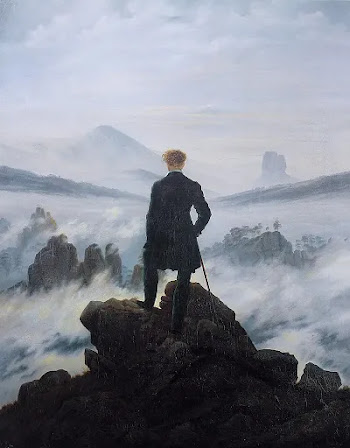The New Chinese Woodcut Movement
 |
| Women of China by Lu Xun, 1981 Created in China |
China during the 19th and 20th centuries was characterized by its political and economic strife and struggle to progress. China had been under attack from the West for nearly 100 years at this point and was under attack from a new enemy, Japan. Not only did China have these threats to face but the political turmoil created internal issues as well.
Much of the art from this time in China came to reflect those internal and external struggles. One such art movement was known as the New Woodcut Movement. Woodcutting was a commonly used style in which the artist uses tools to cut away at a wood panel to create an image.
This first work, Women of China is a direct attack on the status quo of women's place in society in China. In China, women had not seen any significant social liberation as they had in the West, and as the woodcut shows, they were often abused. The main subject of the woodcutting is the woman tied in ropes and covered in some dark substance. The rope and physical deterioration liken her to a slave, showing how women were viewed during the time.
 |
| Roar, China! by Li Hua, 1938 Created in China |
Diary of a Runaway Girl depicts both the destitution of the past and the hope for the future. The painful process of running away from the old and forging ahead alone and scared towards the new shows the difficult choices the people of China were faced with at the time. China could either cling to the comfort of its tradition and continue to suffer or run away as the girl did toward a brighter future. The woodcutting depicts these ideas very literally by showing a field to the far left, and an illuminating lantern to the far right, where the girl is headed.

Works Cited
Dunn, Alec. “Modern Chinese Woodcuts.” Justseeds, 29 Dec. 2008, justseeds.org/modern-chinese-woodcuts/.
“Roar, China - Li Hua - Google Arts & Culture.” Google, artsandculture.google.com/asset/roar-china-li-hua/JgHZSazgEayqrw?hl=en. Accessed 7 Aug. 2023.
Woodcuts, depts.washington.edu/chinaciv/graph/9polwood.htm#more2. Accessed 7 Aug. 2023.


Comments
Post a Comment